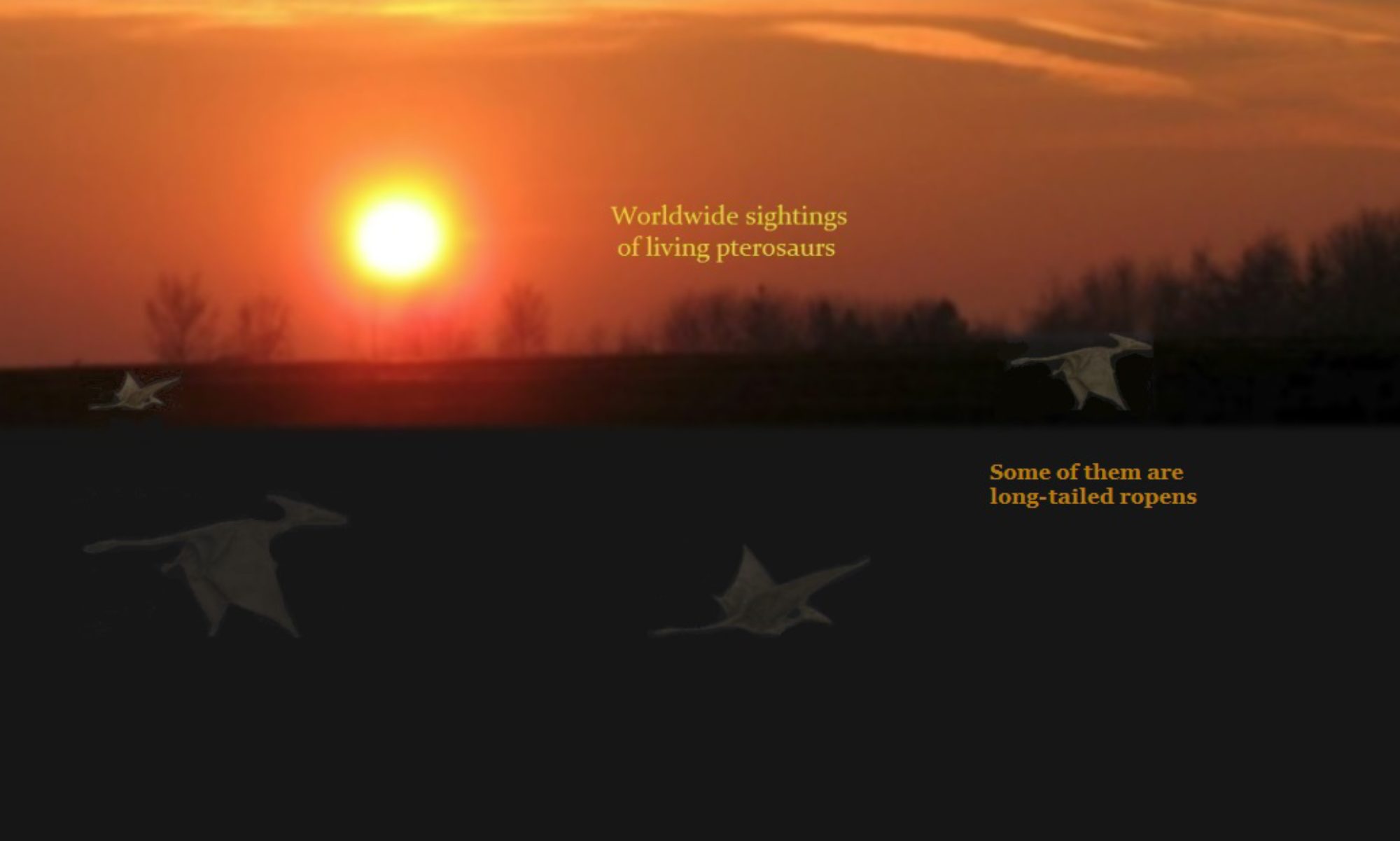The new book is strictly in digital format and not available in traditional print form. Live Pterosaurs in Australia and in Papua New Guinea is shorter than the previous books by Whitcomb, about 76 pages, according to Amazon. Still, this is much longer than an article.
Is this new book a “bestseller?” From my experience looking through Amazon, Whitcomb’s new book is not a bestseller in the usual sense, at least not yet. Like many books sold online, the rankings change from hour to hour and day to day. On September 28th, this new book on modern pterosaurs was ranked number one among Kindle e-books that were classified in cryptozoology, after eliminating all the fictions and general paranormal ones.
Although much in the new book is similar to some of the eyewitness accounts in the older Searching for Ropens, other sightings are new and quite interesting to compare. I would say that in the new book sightings in Papua New Guinea outnumber those in Australia, but Whitcomb is calling for new Australian eyewitnesses to come forward, and this is important. When a few reports are published, then other people should be encouraged to also come forward. It has a cumulative effect.
Pterosaur Book is Bestseller in its Genre
Yesterday afternoon I searched on Amazon for the best-selling Kindle ebooks in the genre of nonfiction cryptozoology. I eliminated, one by one, the fictions and the paranormal books in which cryptozoology played only a limited role.
New Electronic Book on Pterosaurs in Australia and in PNG
Common Ground: Regarding Papua New Guinea, the new e-book has some of the same sightings as SFR, although there are a few added details here and there. The new sighting off the coast of Umboi Island is an exception, for it is absent from the older SFR. Both books have a chapter devoted to the Perth sighting of 1994.


